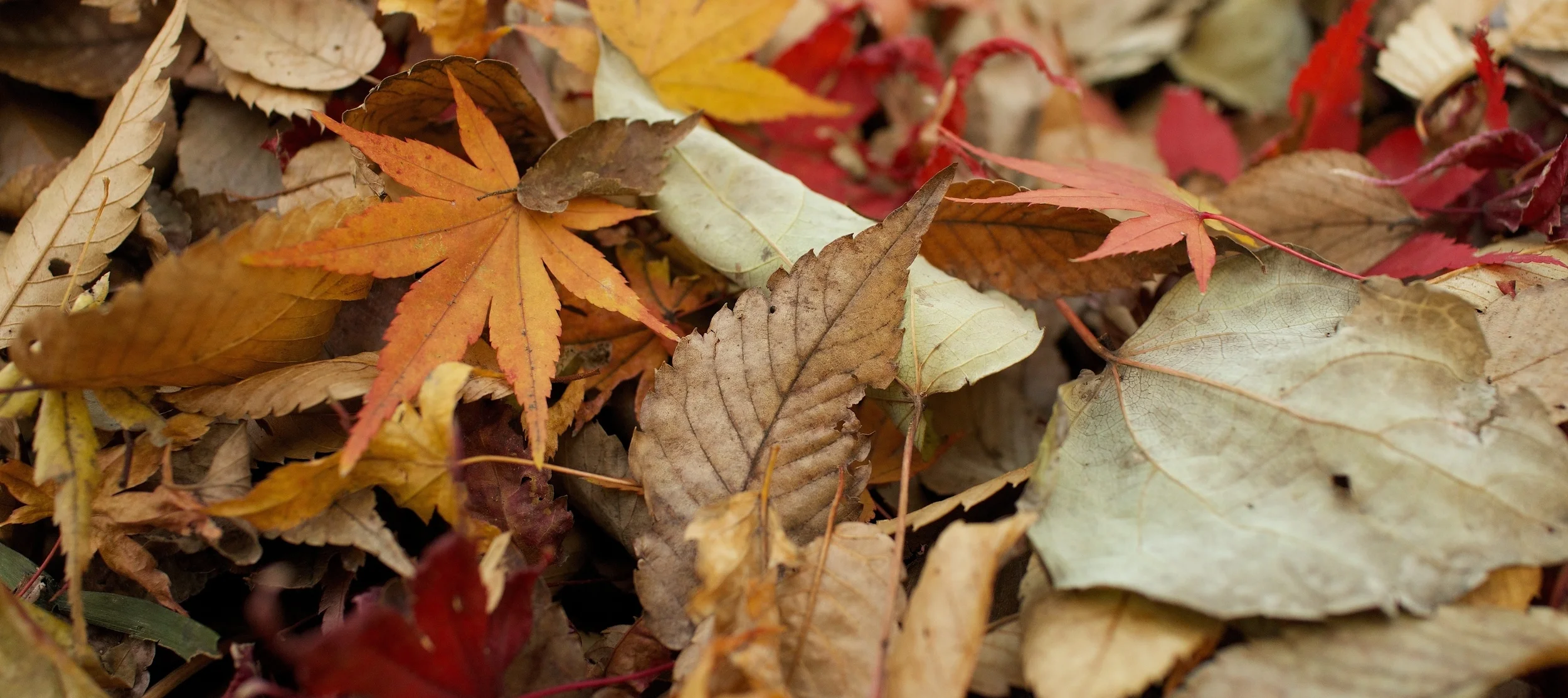At the end of the summer, with beds full of worn out perennials and annuals, sad but resolute gardeners often bid farewell to their color-filled gardens and turn their attention to the fall clean-up. The talk turns to the beautiful autumnal leaves, while inwardly gardeners sulk as they scan the vast expanses of mulch in their formally bountiful flowerbeds. With a little planning and some knowledge of the many magnificent but often less popular plants, gardening can easily become a four season affair.
Why Hire a Landscape Designer?
When Shrubs Outgrow Their Welcome
As we age, we grow taller and wider (hopefully not too much!). So do our plants. Proper selection, placement and regular pruning are essential for keeping plants the size and shape we want them. If you buy a house and the previous owners never pruned their shrubs, these plants have probably outgrown their welcome. See Does your Garden Have Balls? Shrubs that grow 30’, like yews and hollies, can sometimes be renovated, but they will look like sad sticks for many years.
4 Ways to Make Your Garden Eco-Friendly
Planning Your Spring Bulb Garden
Spring bulbs are opening this week in beautiful clumps or drifts of thousands. These crocus, tulips, daffodils and hyacinth will be blooming until the early summer. It's too late to have these in your garden this season but here’s the plan for next season: plan now, order in the summer and plant them in the fall.
Soil Smack Down: Peat Moss vs. Coconut Coir: Compost Wins!
Gardeners have been conditioning their soil with sphagnum peat moss for years, unknowingly contributing to carbon emissions by depleting some of the planet’s great carbon sinks. The peat bogs across the world do more to take carbon out of the air than the tropical rainforests. And they are being harvested at an unsustainable rate.
Does Your Garden Have Balls?
Might Your Houseplants Have Mites?
If your potted plants are looking a little sorry right now — wilting, new growth shriveling or a general lack of unhappiness — it could be short winter days or dry heat. Or it might be minuscule troublemakers: spider mites. These tiny creatures, less than a millimeter in size, are not easily seen. The best way to check for them is to examine the plant in a sunny window or a strong backlight. If you see fine webbing, especially in the crotches of the stems or on new growth, it’s a sure sign your plant is under attack. The mites suck on the plant sap, causing stilted new growth and deformed leaves. Infested plants will start to turn brown. If left unchecked, mites could destroy a whole houseplant.








